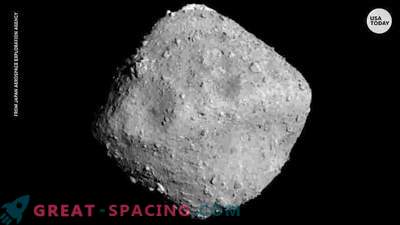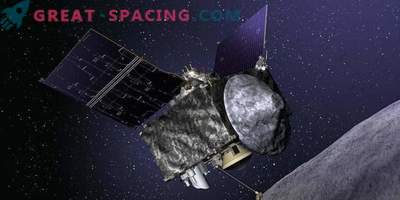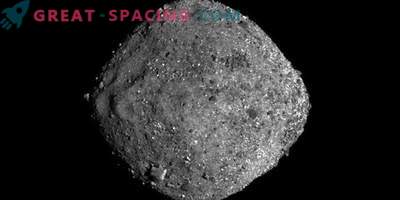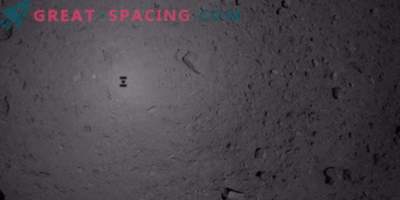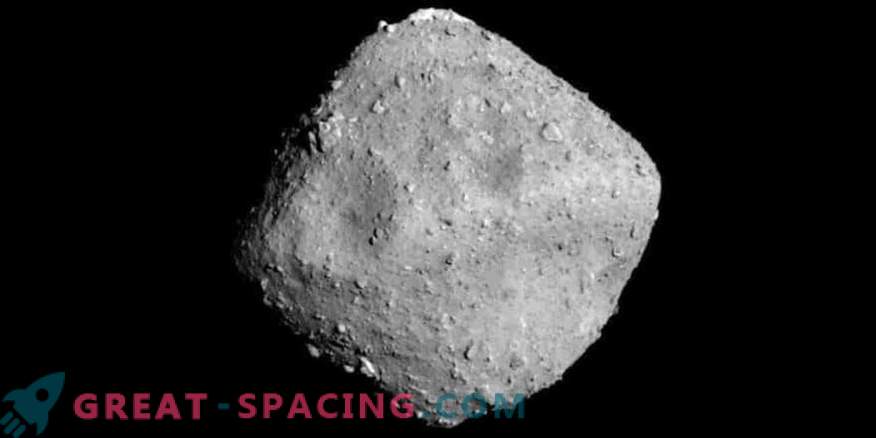
The near-Earth asteroid Bennu interests researchers due to its nature. The fact is that it is able to uncover the past of the solar system or collapse on our planet in the near future (“Asteroid Bennu: valuable for researchers, but dangerous for the Earth”). Recently, the OSIRIS-REx spacecraft introduced new and interesting information.
Faster and faster!
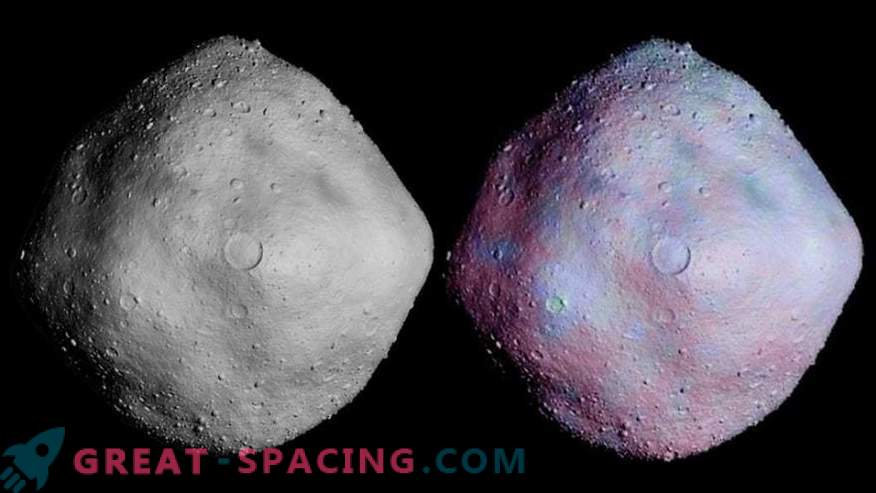
a photo of the asteroid (left) and overlaid radar images of the asteroid (right)
The OSIRIS-REx spacecraft, launched from Earth in 2016, is closely monitoring the 510-meter asteroid. If everything goes according to plan, he will be able to perform a safe landing, obtain samples and return them to Earth. But the first attempts are planned only for 2021, but for now they collect information about the object.
OSIRIS-REx captures a strange feature: an asteroid accelerates the rate of rotation. Now one turn takes 4.3 hours. However, the researchers used information that was collected during the flight to the object. This should allow Bennu to determine the rotational speed. It turned out that the asteroid is accelerating. The analysis shows that it increases the rotation speed by 1 second every 100 years. Researchers are interested in this fact, because a change in rotational speed should change something in the asteroid itself. The team is confident that this has already happened, but so far they do not know what exactly to look for.
The picture is becoming less obscure, because to the modern OSIRIS-REx indicators, we added reviews of two terrestrial telescopes (1999–2005) and the Hubble Space Telescope (2012). It is difficult to say what exactly leads to acceleration. There are two assumptions. The first is that the material on the surface moves or leaves the asteroid, which allows it to accelerate.
The second is the YORP effect (the Yarkovsky-O'Keefe-Radzievsky-Paddek effect). In the case of the latter, the sunlight reflects from the asteroid surface and affects the rotational speed (slows down / accelerates). If the asteroid is too weak, then this effect can lead to the rupture of an object into small parts.
Large stone
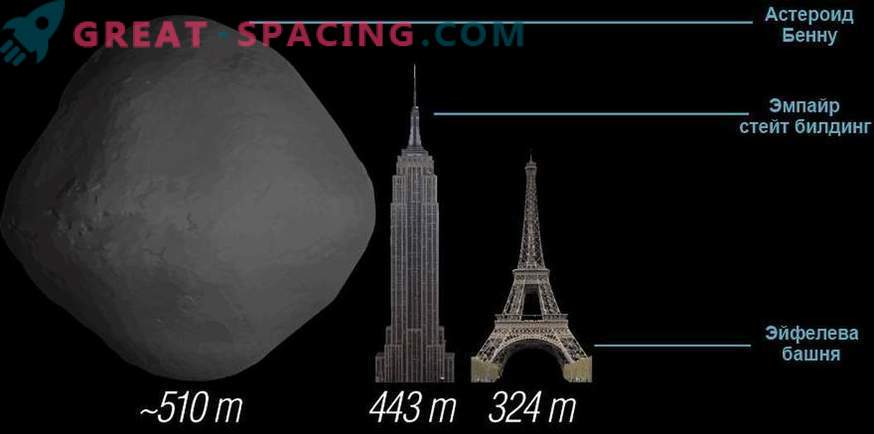
Now the OSIRIS-REx unit is studying the asteroid Bennu at a distance of 1.6-2.1 km, which allows you to carefully inspect the surface. This is important because scientists need a detailed map to find the safest and most valuable landing site for science. In February of this year, the cameras recorded a 180-meter section in the northern hemisphere of Bennu. This area is relatively free of large stones, so scientists consider it as a future landing site. But to the left of it is a boulder with a width of 15 m. If we compare, the parameters resemble a female humpback whale.
Postscript
As you can see, even such seemingly modest objects as asteroids attract attention and are distinguished by unusual behavior. We wish good luck to OSIRIS-REx in its mission to extract asteroid samples. If he doesn’t hit a “whale stone”, he can return the precious 60 grams of material to Bennu in 2023.

